Molly of Denali is a wildly popular PBSKids animated show. The lead character, Molly, is a 10-year-old Alaska Native girl who embodies the values of her culture. Though intended for children ages 4-8, the show has struck a chord with families across the United States and Canada, with fans spanning all ages and many different cultural and racial backgrounds.
As a funder of Molly of Denali, WKKF is not involved in the editorial process, content decisions or making of the program.
So, we sat down with the show’s executive producer and creative producer, Dorothea Gillim and Yatibaey Evans, to learn what changes when a narrative – in this case largely written by Alaska Native people – is crafted by those it represents and how cultural leadership shows up on-screen and behind-the-scenes.
Molly’s origins
Kari: First, how did the idea for Molly of Denali come about?
Dorothea: The spark for it came from my childhood. I grew up in Rochester, New York, which is the home of a popular grocery chain that’s more than a grocery store. It’s the hub of the community. It played a big part in my childhood and I always wanted to do a show about a store. I was thinking about this in the summer of 2015, when President Obama was visiting Alaska; I was thinking Alaska would be a cool place for the store to be located. Then the store morphed into a trading post.
I teamed up with Kathy Waugh, who is a creative producer and writer at GBH and she always wanted to do a story about a girl whose family lives off the grid. Together we came up with the original idea for Molly and her family. When we got the green light from PBS to do a pilot, we worked with Alaska Native collaborators to develop the world of the show.
© 2019 WGBH Educational Foundation
Molly’s collaborative crew
Kari: You’ve been very intentional about involving Alaska Native and Indigenous people in shaping the show. What does that involvement look like?
Yatibaey: Being an Alaska Native person, we’re all big cheerleaders and fans up here. So, to come in after season one was an incredible opportunity. What I’ve really appreciated is not only having a seat at the table but being able to create the table from the get-go.
They started off with an Alaska Native Advisory Council of folks from different Interior Alaska Native backgrounds, who contributed the original brainstormed ideas. As we developed the season, it broadened into an Indigenous writers’ workshop. All the folks that were part of the writers’ group have stories that are going to be produced for season two.
We collaborate with Atomic Cartoons out of Canada and they’re increasing the number of Indigenous artists. We also have a new director coming in, who is Indigenous.
"What I've really appreciated is not only having a seat at the table but being able to create the table from the get-go."
YatiBaey, creative director of Molly of Denali
Kari: What changes in storytelling when the narrative is shaped by the people it represents?
Yatibaey: For our Indigenous people and non-Indigenous who are part of the show, I think all of us collectively are learning from one another.
For me it’s been a lot of healing work.
For instance, in season one, in our very first episode “Grandpa’s Drum,” Grandpa Nat shares his history of going to boarding schools. Boarding schools in the U.S. and Canada were not fun places for Indigenous people. Kids were taken from their families and threatened with death. Families were split apart and left to pick up the pieces.
Molly has been instrumental in sharing these truths and shedding light on the imposition of colonialism upon Indigenous people and how it’s impacting us today. I’m seeing that we can share a message of light, love, hope and respect.
I think the kids that are growing up with shows like Molly of Denali will be incredible leaders in the years to come.
© 2019 WGBH Educational Foundation
Molly’s culture
Kari: I was thinking about narrative change and how early television, especially Westerns, capitalized on horrible imagery of Indigenous people – or White men playing Native characters. How do you feel Molly of Denali is changing that narrative that helped give TV its start?
Yatibaey: In Molly, you see this energetic, kind, loving, caring character, who is Alaska Native. She is a leader amongst her friends, but she doesn’t exclude her friends. She comes from a place of collaboration, community and respect for all and believes that everybody has something to contribute. This includes embracing different people that are not Alaska Native.
One of my favorite things in the show is our respect for land, animals and plants. We only take what we need and we’re grateful for what the plant or animal provides for us – a very different concept from the consumerism message that we as a Western society grew up with. One line we try to repeat over and over is: ‘if you take care of the land, the land will take care of you.’
There’s this historical stereotype that we’re kind of land lovers, and one with nature. I think those are great historical pieces but it’s also still contextual in our everyday life. Science is backing it up more and more; the more we spend time outside, the healthier we are as individuals and as a society.
Dorothea: I think there’s also invisibility of Native Americans in the media. Part of our mission is to present positive role models and an authentic culture, because research shows when kids see themselves reflected in the media, they feel better about themselves. That just makes sense; if you don’t see yourself, you feel like something’s wrong with you. That’s part of how we are changing the landscape.
Then, of course, our production model. We’re hearing more and more that other productions are following our lead.
Living Molly’s cultural values from the inside-out
Kari: In terms of that production model, how is it an intentional departure from the ways production crews traditionally work together?
Dorothea: Not too long ago, if you were creating content that wasn’t from your own lived experience, you would hire an advisor who would come in late in the process after things were well-baked, so you can check that box. It was a real token effort. When PBS gave the green light, we knew this was not our story to tell. We had to be intentional about incorporating Alaska Native voices in all aspects. Every Indigenous part is played by an Indigenous actor. And, our lead is Sovereign Bill. She’s incredible and she’s Alaska Native.
Kari: How do cultural forms of leadership show up in the production model that’s being shaped? Are there different ways of making decisions or moving forward together?
Yatibaey: Alaska Native elders recently joined our advisory council, including a respected elder who’s been a part of many different projects since the ‘70s. Instead of doing introductions as the first thing, he shared a special story that he had grown up with to create this space for us. It was very different than, ‘Hello everybody, this is our agenda for today, let’s get down to business.’ Taking the time to recognize the human element that we all share and that deeper connection between us, and welcome each other from a place of respect and love, that’s different than the typical business model.
© 2019 WGBH Educational Foundation
Shaping perspectives
Kari: When we watch TV as kids, we absorb messages and perspectives that stick with us. What do you hope children absorb from Molly of Denali and how are you hoping it shapes their perspectives?
Yatibaey: As an educator, I’m always wanting Native kids to know that they are incredible. At the base level they are important, they’re valued; where they come from is amazing. They have rich knowledge that their ancestors passed down through oral history and memorization for thousands of years. They have the unique ability to carry those messages and our values forward. Over time, colonialism has indicated otherwise. Indigenous people were told, ‘You’re savage. You’re dumb. You’re less than everybody else. You aren’t able to contribute.’ The more we’re able to connect with who we are, as a people, the better we are in every area of our lives.
Kari: You said that Molly is a collaborator. I caught an episode the other day, I think it was called “Molly Ball,” where she had all her friends make up the rules of a game as they went on and it was totally collaborative.
Dorothea: Yeah, Molly’s all about the win-win.
"When PBS gave the green light, we knew this was not our story to tell. We had to be intentional about incorporating Alaska Native voices in all aspects."
Dorothea Gillim, co-creator of Molly of Denali
Yatibaey: I think another overall message is that we’re not an island as an individual; it takes a community to thrive as individuals in our own lives. Not only are you going to thrive with people contributing to you and helping you grow and learn, but that bleeds into our relationship with the land and animals. The overarching message previously is the American dream: if you work hard enough, you take care of yourself, you own your own home, you have your 2.5 kids, a dog and cat and you’re good to go. But, a lot of people that embrace that type of lifestyle have ended up depressed, lonely and not knowing what was the problem. It’s through the village, it’s through the family, it’s through our connections that we thrive and do better in our own lives.

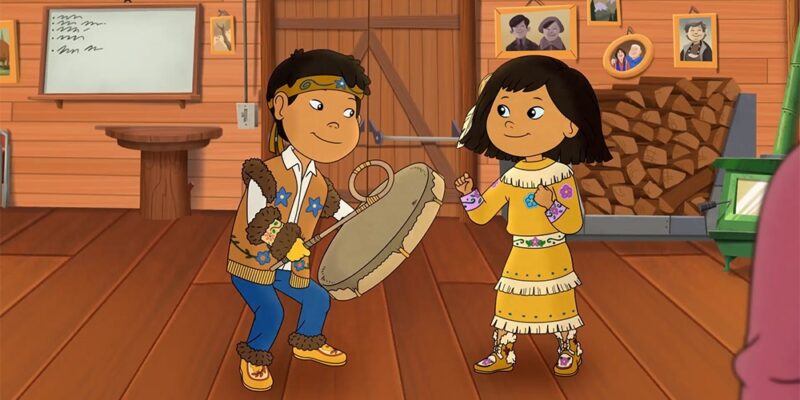
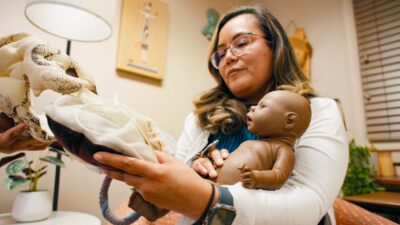
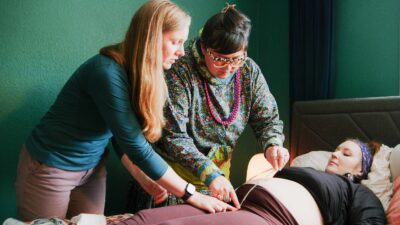
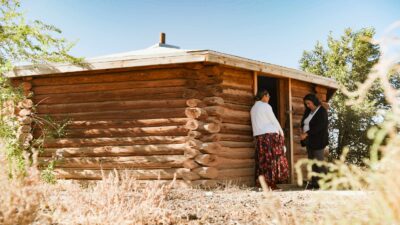

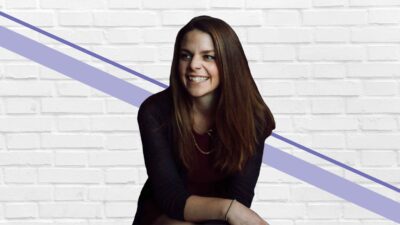

Comments